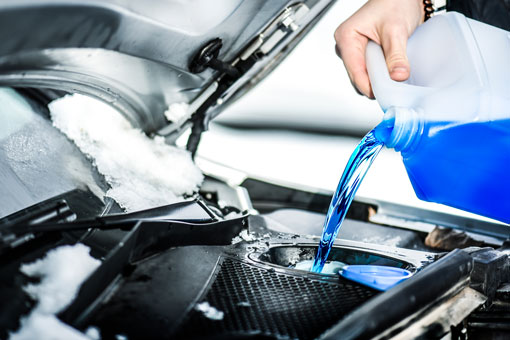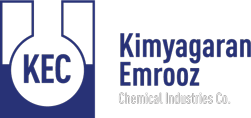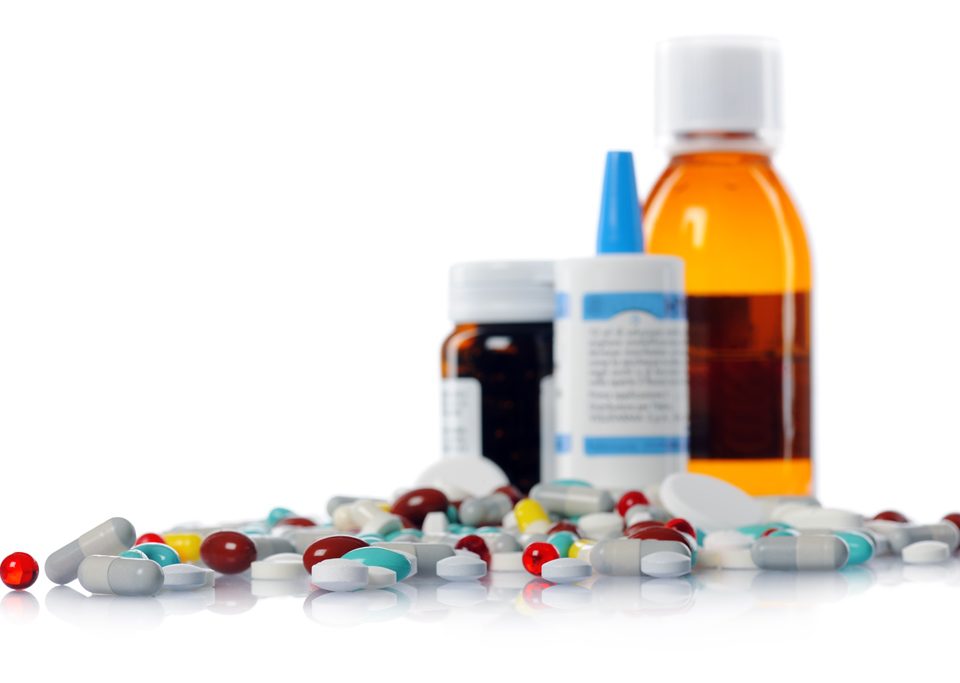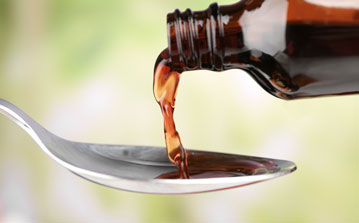KEMPG(Mono Propylene Glycol – Industrial grade)

Chemical Name: Propylene Glycol
Trade Names: KEMPG/Industrial grade
Introduction
Propylene Glycol is a derivative of propylene oxide (PO), produced in two step process. The first step is the reaction of PO with water results in to a mixture of KEMPG and KEDPG (Dipropylene Glycol). The second step is the distillation and purification of the mixture into its two separate components.

General Applications:
The major end use for KEMPG is as a raw material in the manufacturing of unsaturated polyester resins. KEMPG is used as an active ingredient in antifreeze and as an anti-icing agent for car windshields, boats and airplane wings. KEMPG has a very low freezing point, and acts as a thickening agent, which helps the fluid adhere to surfaces. KEMPG is used as a solvent in paints, coatings, enamels and varnishes. KEMPG improves the properties of paints because its slow evaporation time lengthens the time the paint remains suitable for application.
Unsaturated Polyester Resins
The major end use for KEMPG is as a raw material in the manufacturing of unsaturated polyester resins. Markets for unsaturated polyester resins include:
• Residential and commercial construction
• Marine
• Transportation
• Consumer goods
Unsaturated polyester resins are reinforced with fiberglass to form tough, lightweight composite plastics that can be used in building and vehicle panels, pleasure boats, appliances, bathroom components, pipes and ducts.
Automotive/Aerospace
KEMPG is used as an active ingredient in antifreeze and as an anti-icing agent for car windshields, boats and airplane wings. KEMPG has a very low freezing point, and acts as a thickening agent, which helps the fluid adhere to surfaces. Ice gathers on top of the chemical layer, and then can be wiped off with little effort. When a water-glycol mixture freezes, it retains its flowability and does not create added pressure in pipes or vessels. This also makes MPG an ideal solution for burst protection in pipe and containment systems.
The benefits of using MPG for these applications include:
• Low freezing point
• Low mammalian toxicity
• Low flammability
• Excellent heat transfer properties
• A high boiling point, low vapor pressure
KEMPG is also an excellent choice for the production of polyglycols for use in hydraulic and brake systems to provide lubricity and anti-freezing protection, and to help reduce swelling of rubber parts.
Paints and coatings
KEMPG is used as a solvent in paints, coatings, enamels and varnishes. KEMPG improves the properties of paints because its slow evaporation time lengthens the time the paint remains suitable for application.
Product Name:
- Propylene Glycol
- Mono Propylene Glycol
- KEMPG/Industrial grade
- MPG


Specification
No. | Test | Standard | Reference |
1 | Specific gravity @ 20˚C | 1.0375‐1.0390 | ASTM D5164 |
3 | Color [Pt-Co] | Max. 15.0 | ASTM D5164 |
4 | Acidity (as acetic acid) (wt. %) | Max. 0.005 | ASTM D5164 |
5 | Purity (on a dry basis) (wt. %) | Min. 99.0 | ASTM D5164 |
6 | Dipropylene Glycol (wt. %) | Max. 1.0 | ASTM D5164 |
7 | Distillation Range (760 mmHg) (˚C) | 185-190 | ASTM D5164 |
8 | Water (wt. %) | Max. 0.2 | ASTM D5164 |
Notice:
Customized packaging will be available according to customer’s request.
Safety, Handling & Storage:
Full information on the safety, handling and storage of KEDPG is available in the corresponding Material Safety Data Sheet (MSDS).





